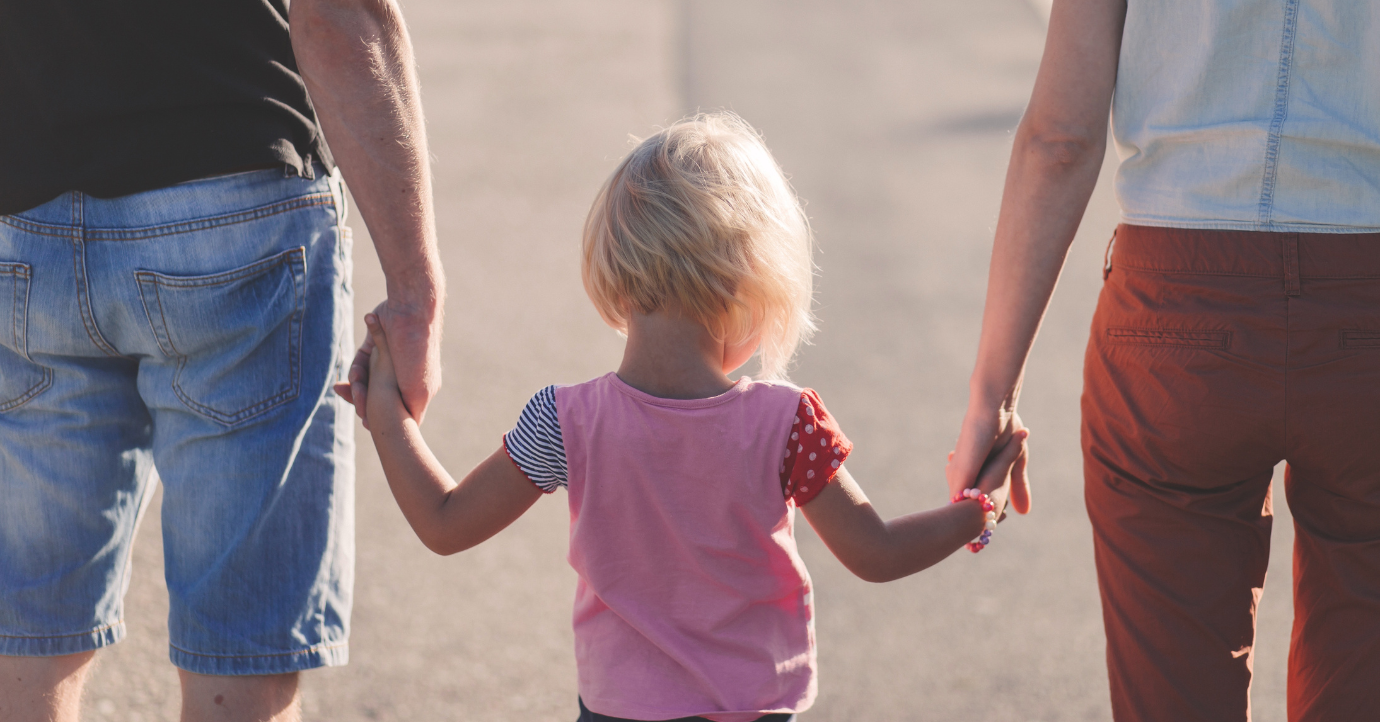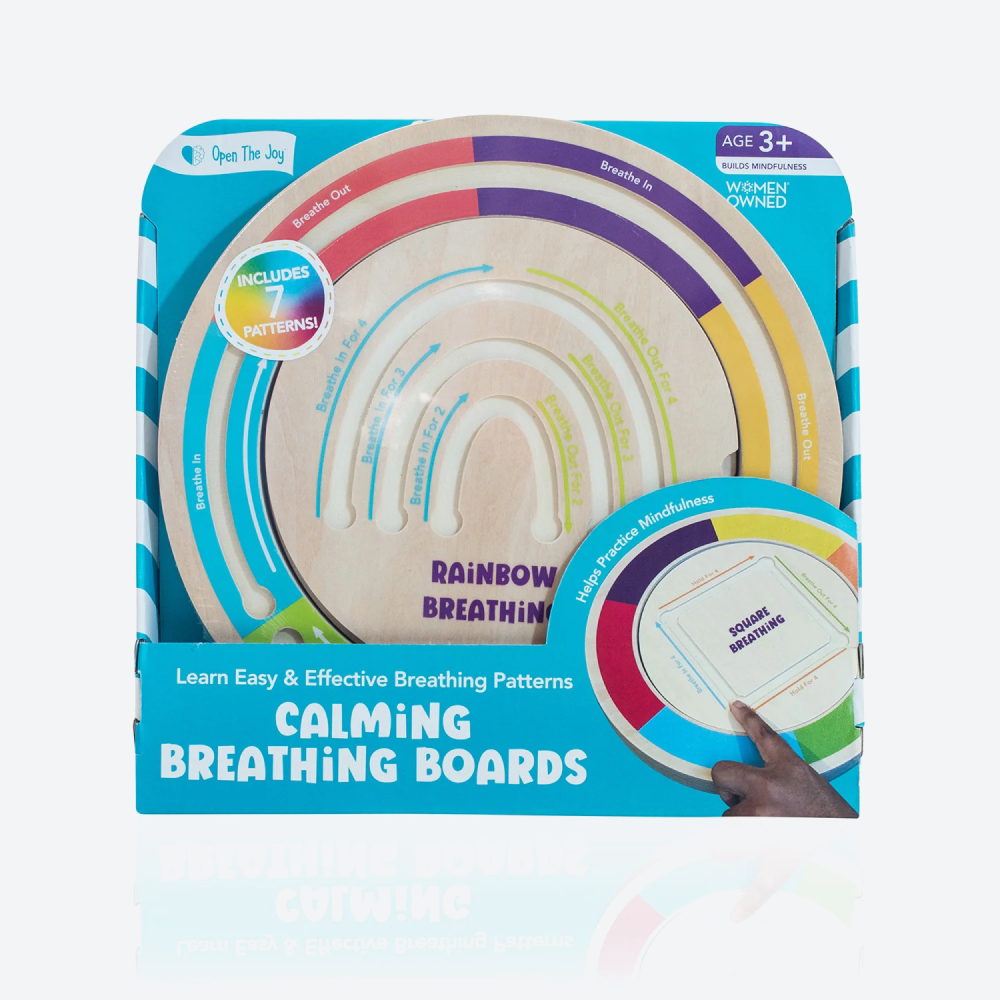Living in the Present Moment

How your child naturally demonstrates the emotional superpower most adults have forgotten—and how to reclaim it.
THE ADULT SUFFERING CYCLE
While children experience emotions intensely, adults uniquely suffer by mentally living in past regrets and future worries rather than the present moment.
THE CHILDHOOD WISDOM
Your child naturally demonstrates the ability to move fluidly between emotional states without carrying baggage—a skill many adults have lost.
THE TRANSFORMATIVE SHIFT
Learning to validate difficult moments without getting stuck in them creates emotional resilience that serves both you and your child for life.
THE UNEXPECTED TEACHER 🌈
During our daughter's hospital journey, I witnessed something remarkable: moments after a painful procedure, she could laugh at a silly joke or become absorbed in a simple game.
Meanwhile, I remained mentally stuck—replaying the difficult moment, anticipating the next challenge, calculating what this meant for our future.
My daughter wasn't suppressing her emotions—she was demonstrating the profound difference between pain and suffering.
Children experience pain fully but don't suffer the way adults do. They naturally live in the present moment rather than mentally dwelling in the past or projecting into the future.
THE PROFOUND DISTINCTION 💭
Understanding this fundamental difference transforms how we navigate emotional challenges:
Pain is inevitable but momentary. It's your body and mind's natural response to difficult experiences—a wave that rises and naturally falls if allowed to move through you.
Suffering is optional and prolonged. It happens when we:
-
Mentally replay painful moments after they've ended
-
Create stories about what difficulties mean about us
-
Project current pain into imagined future scenarios
Children instinctively know how to feel pain without creating suffering around it. They cry authentically, then move naturally to the next moment once the stimulus has passed.
YOUR STRATEGIC NEXT STEP
This week, practice present-moment awareness with these three approaches:
-
When challenging moments arise, acknowledge them directly: "This moment is difficult" (naming the reality)
-
Resist adding narrative: "This doesn't mean I'm a bad parent or my child is problematic" (separating facts from stories)
-
Notice when the moment shifts: "Now we're in a new moment" (recognizing transience)
This practice isn't about ignoring or suppressing emotions—it's about experiencing them fully without unnecessarily extending them through rumination.
Remember: When you model present-moment awareness, you're teaching your child one of life's most valuable skills—how to experience emotions authentically without becoming defined or limited by them.
This completes our exploration of the three fundamental truths that transform parenting. Next week, we'll discuss how to integrate these practices into your daily family life.
Your child already knows how to live fully in the present moment. Your journey isn't about teaching them this skill—it's about remembering it yourself, so you can protect their natural ability rather than training it out of them.




